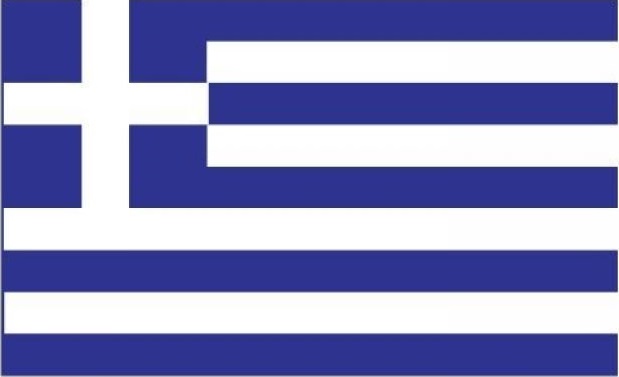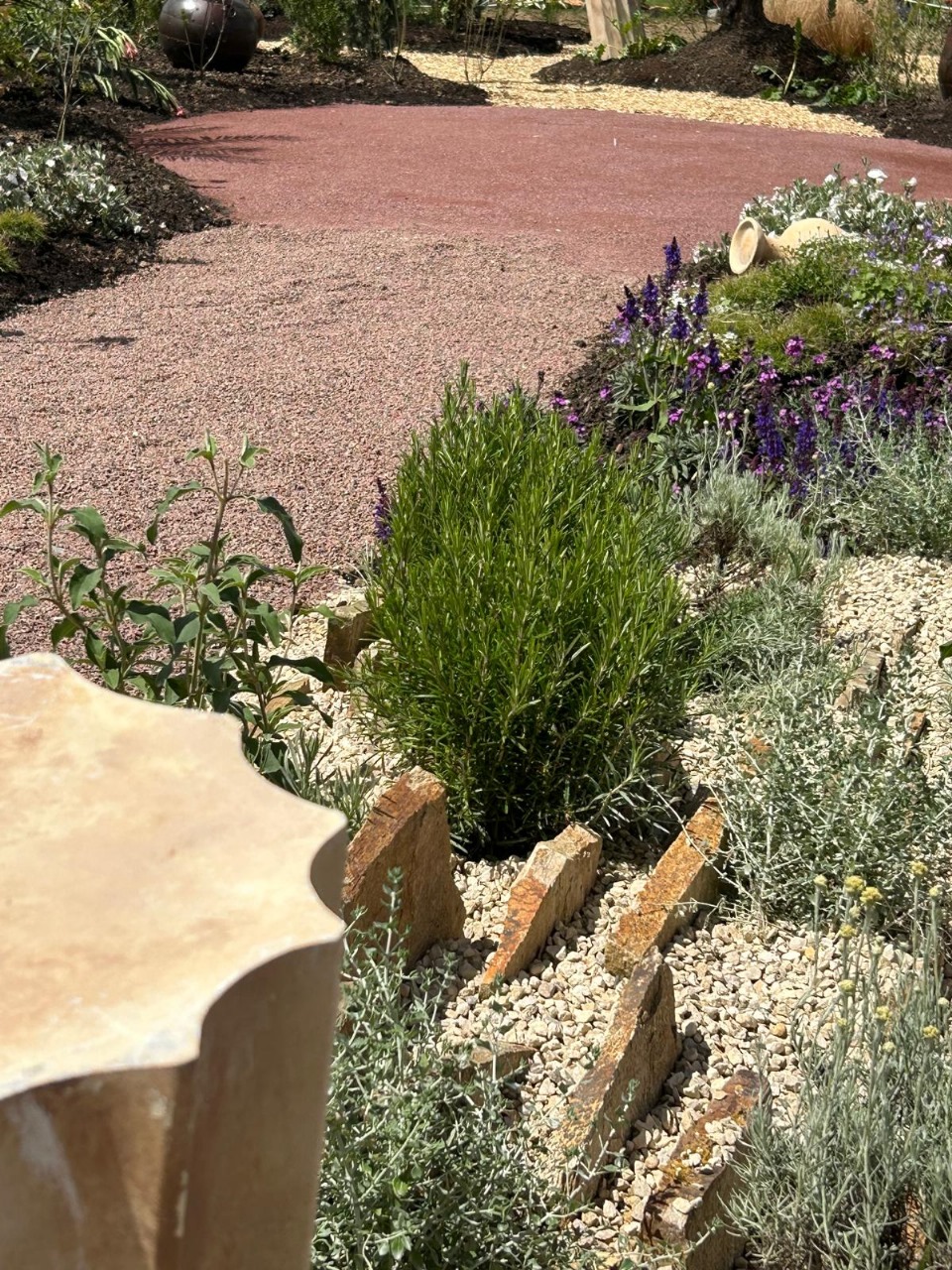

A Hortus theory about the Hellenic Garden
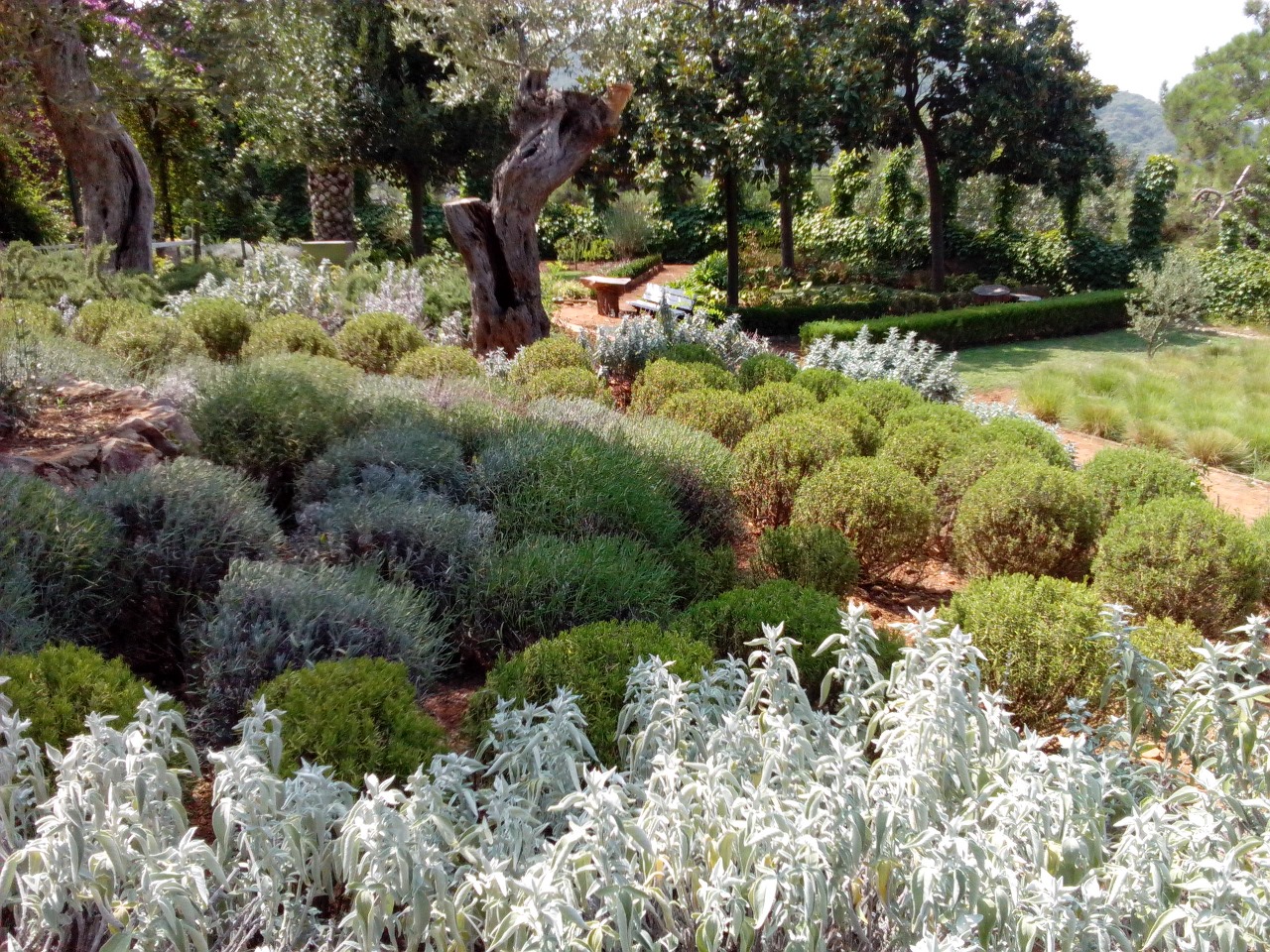
By Nick Thymakis,
Landscape Consultant/Garden Designer/Tutor in Landscape Management
"The educational role of Green Infrastructures and Plants in general has an eternal but- forever modern- message of sustainability, balance and landscape-wise approach on everything. Through gardens and plants that give the breath of an ecosystem, History and Myth, Cultivation and Gastronomy, Art and Culture, Philosophy and Technology develop the future itself. This is expressed through the "Hellenic Garden" and the use of plants from our flora".
What is the “Hellenic Garden”.
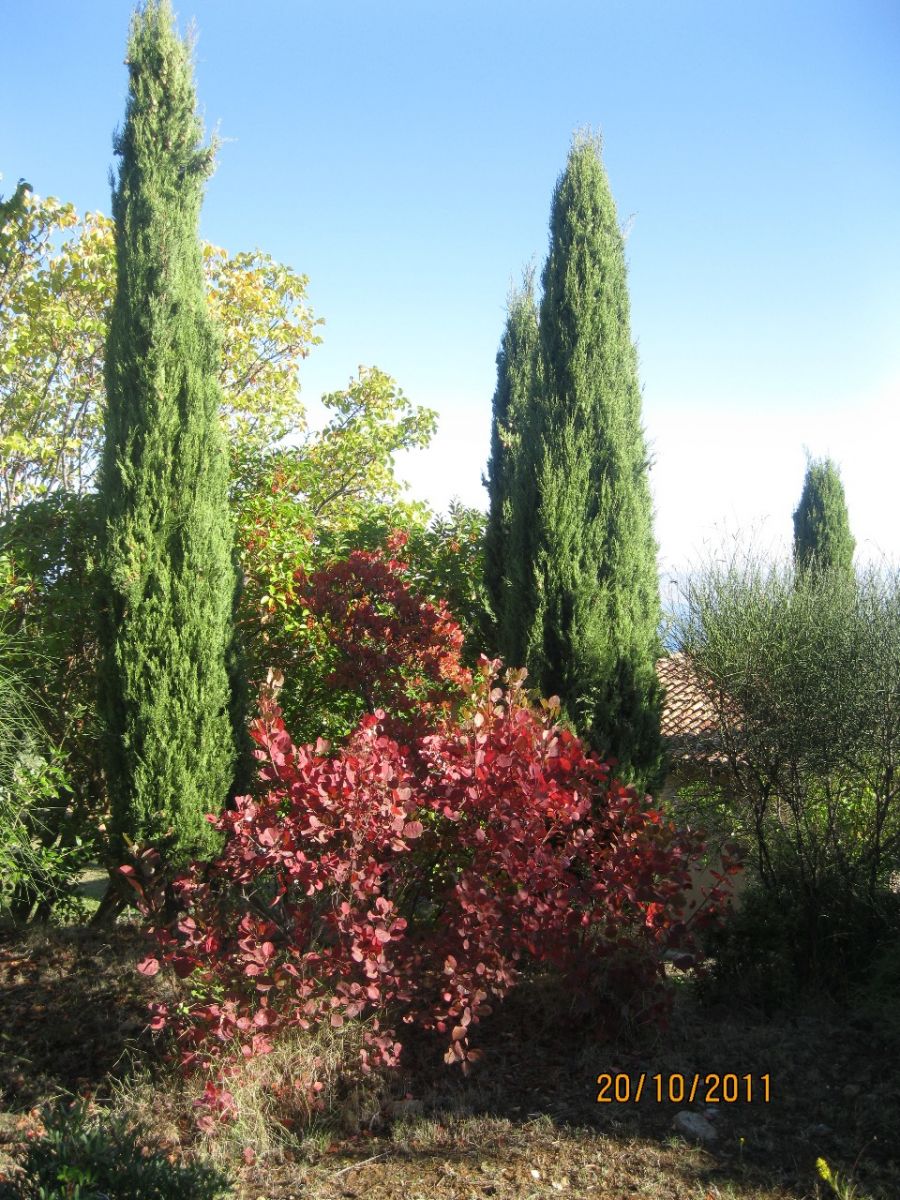
“Hellenic garden is a concept that became popular in recent years- an established “trend” in the worldwide gardening, a new style. In fact, this is the design, construction and management record and view –focus of our country through natural materials and plant species that characterize micro-landscapes of our country describing culture, history, science, art, and rural practice… what we call “Hellenic Aura”. It is a self-sufficient-sustainable garden, designed with a water-wise approach, based on Hellenic Flora. It is a “brand”, an extension of historical –archival records in space or modeling pictures from the Hellenic Landscape” (Thymakis et al, Poznan, 2021).

The Pikionic Example.
Demetrios Pikionis (1887-1968) was an emblematic artist and architect of the 20th Century. “Pikionic Example” is a landscape architecture approach of using native Flora in Greece to all kind of design and constructed areas that he worked as, much as natural materials (especially stone and marble). His work has strong influence from Hellenic folk tradition with a hint from Japanese culture. The most popular work on this example is the planting around the worldwide cultural heritage of Acropolis outdoor formations on the rock of the Parthenon and the hill of Philopappos is probably the most important architectural work done in Greece in the 20th century and presents the works as a proposal and a legacy that Pikionis left in modern Athens and humanity.
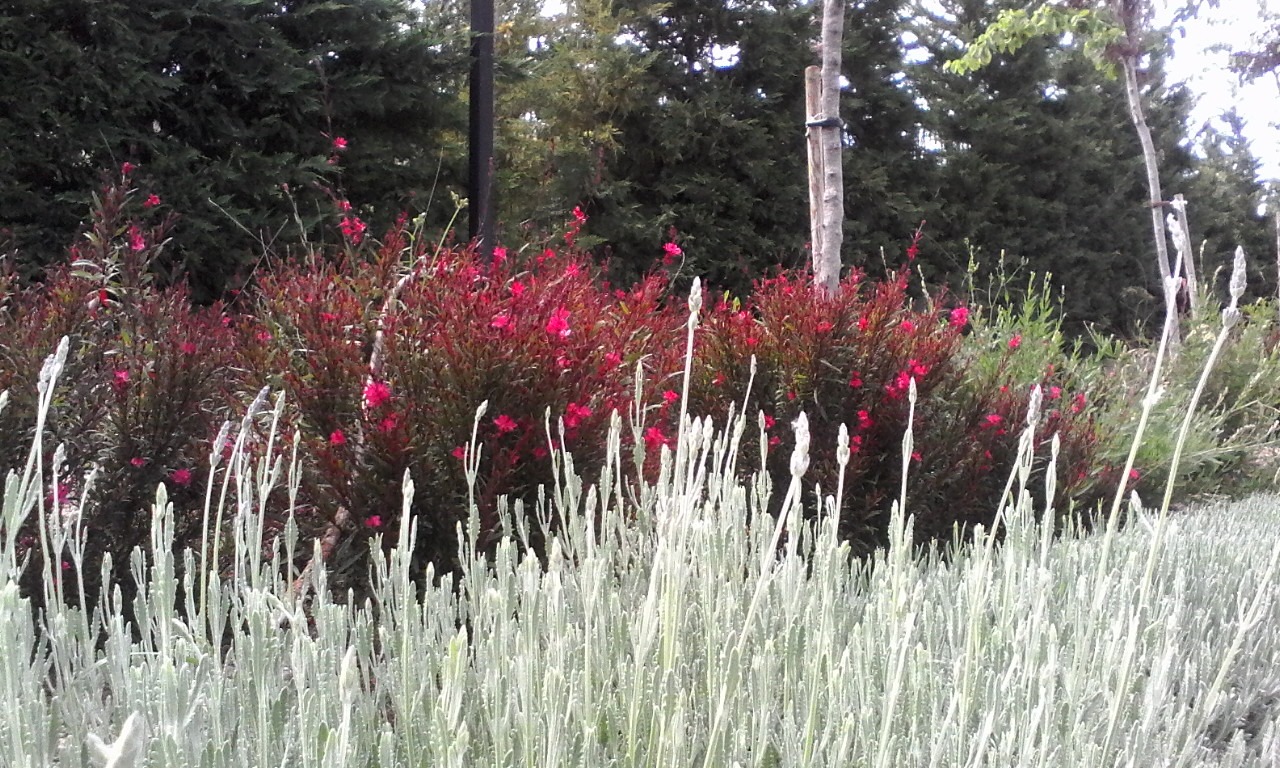
The “edible” part.
“The edible garden” is a botanical synthesis, conducted by fruit trees, vegetables and herbs and is highlighted by a biodynamic vineyard. The garden represents our effort to cultivate food. The typical olive grove, an as "natural picturesque" combined with the composition of herbs, shows a painting like Hellenic countryside.
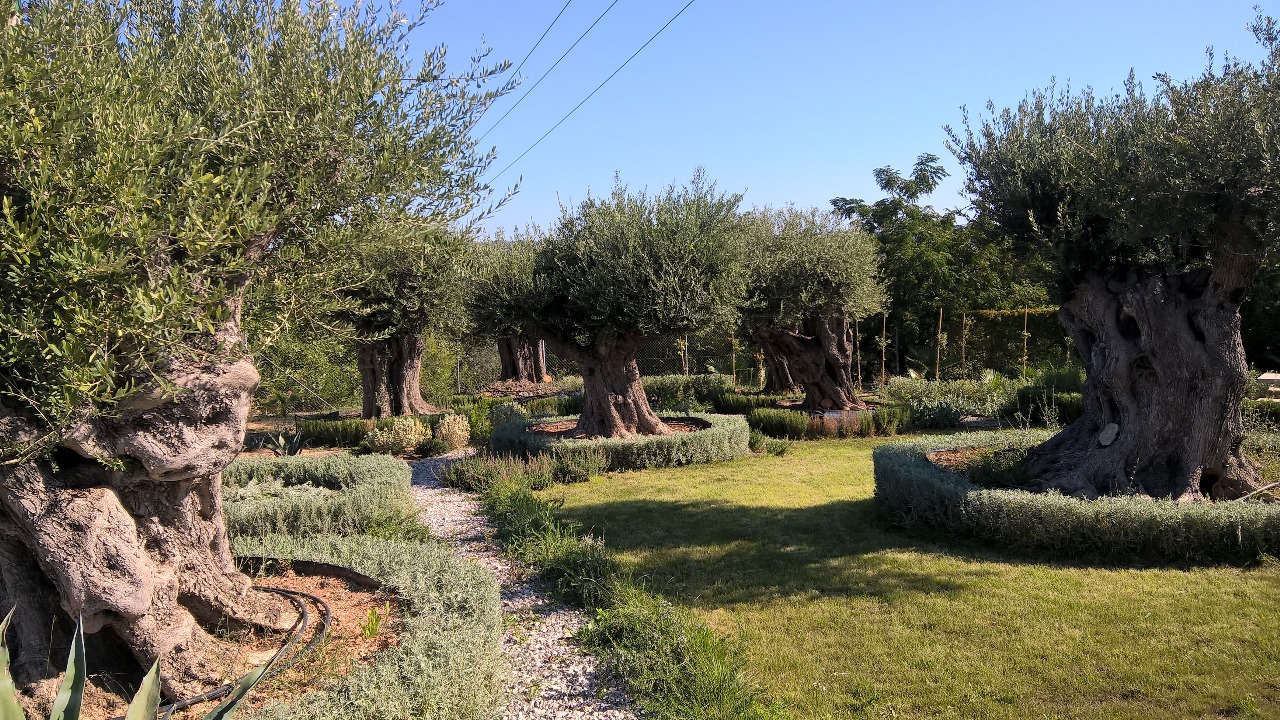
“Elaionian Landscapes” (Elaia= Olive Tree, Aionian= Eternal).
These beautiful and living millennial creatures, monumental and veteran trees, are living sculptures of God, run through times of dream to us…
They accompany people from generation to generation, they live through wars, cataclysms, joeys, births, deaths, they bring to us their blessed olives, that unite thousands of years in a unique, amazing, simple gift to Man.
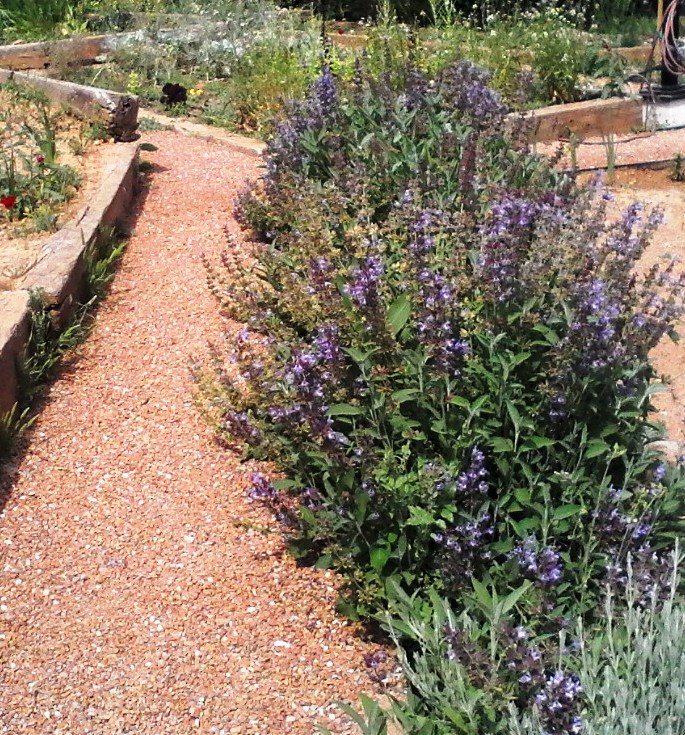
The “healing place”.
As an everyday “healing” place, a reference to Paradise is our garden. Despite its size, there is always the opportunity to touch the “ecosystem” and feel-good inside. The authentic garden, that “round” (all year color and edible interest), “smell” (fragrances from leaves of herbs and flowers as much as the mowed grass or the soil) and “whistles” (attracting life –birds, animals, insects- or have the sound of water –pond, creek, waterfall) is the outdoor room of our home, the kiss of our mother , the Nature, the blessing of Lord…
As much as refers to the following poem, is the “feel good” way of living…
“How well the skillful gardener drew
Of flowers and herbs this dial new,
Where from above the milder sun
Does through a fragrant zodiac run.
And as it works, th’ industrious bee
Computes its time as well as we.
How could such sweet and wholesome hours
Be reckoned but with herbs and flowers!”
(from “THE GARDEN”, Andrew Marvell, 17th century)

Strong symbolism and link with culture and environment: a recent project, HELLENIC GARDEN “STIVOS” FOR OLYMPIC GAMES AT FLORALIES-17-26 MAY 2024La Chabotterie-VENDEE.
Hellenic Garden for Olympic Games 2024, at FLORALIES 13 (AIPH Authorized, C1 Category EXPO), Vendee, Nantes, named "STIVOS", describing the roots of ancient wrestling game "Pancration". The garden is dedicated to women Olympians. A route with 4 stops, referred in 4 Greek Women Olympians: The first stop in the "Discobole Statue" of Myron, with two times Olympian (2000, 2004), Discus Throw Tassoula Kelesidou. The second stop, the Crevish Garden with Hellenic Herbs, with First Greek Woman Olympian, Gold Medalist in 100 m. hurdles (1992), Voula Patoulidou. The third stop, the Symbolic Plants of Olympic Games (Olive, Phoenix, Myrtle, Apple, Laurel), with two times Olympian (2000, 2004) in Javelin Throw, Mirella Maniani. The Last stop, Wrestling, with 4th place winner (2004) Olympian, Voula Zygouri.
A garden with completely Hellenic Flora plants, based on the Landscape of Kronios Hill (Ancient Olympia) makes the dream come true. This garden was fully funded from French friends and officials.
Special Thanks to: L'envers du j(Art)din, Marion Leclerc, Mathieu Fièvre, Camille Nucelli, Pepinieres Boutain, Président Comité des Floralies - Nantes
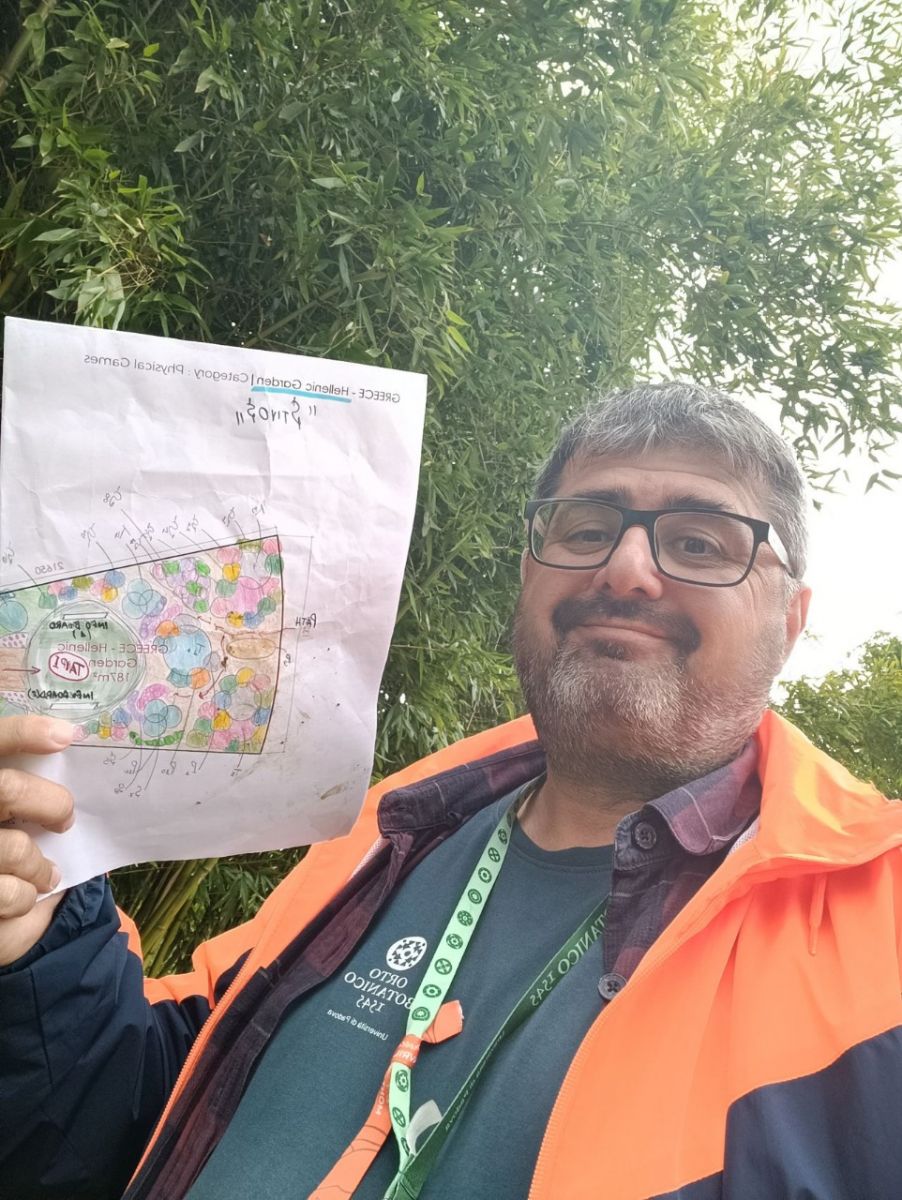
About the author
Nick Thymakis is an Awarded Garden Designer /Landscape Engineer MSc (Natural Resources Management)/ and has been engaged in Horticulture and Landscaping since 1998. He worked in 3 different Municipalities in Attica Region between 2000 and 2020, in suburbs of Athens, as Landscape Supervisor and Consultant for Urban Green and EU Programs (LIFE, H2020, Erasmus) and as tutor in Landscape/Garden design in Vocational Schools and Universities since 2004. He worked also to several projects in Qatar, Turkey, KSA, Cyprus, Holland, Bulgaria, France, S. Korea, and Taiwan. As Honorary President of Hellenic Plant Exporters and Importers Association he represents Greece in European Nursery stock Association (ENA) and International Association of Plant Producers (AIPH). promoting self-sustaining "Hellenic Garden" worldwide with his activities. He participated in 9 Landscape/Horti EXPOs from 2007 until now in Europe and Asia.
He currently works as Horti/Landscape Manager at Balkan Botanic Garden of Kroussia (BBGK), member of Botanic Gardens Conservation International (BGCI) and as a free-lance garden designer with several projects focused on climate-wise approach and xeriscape. In his future plans is to participate in RHS Chelsea Flower Show.
About BBGK https://en.wikipedia.org/wiki/Balkan_Botanic_Garden_of_Kroussia
12 FAVOURITE PLANTS OF NICK THYMAKIS


